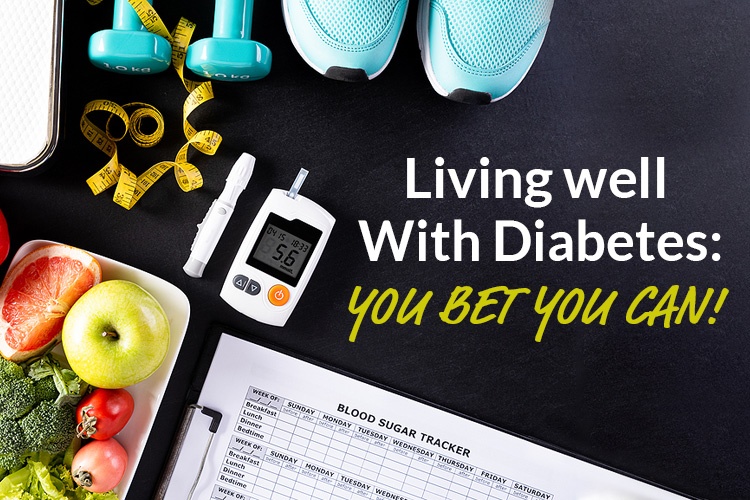For the first times since I started this column eleven years ago, it’s going to be about me. I was diagnosed with Type 2 Diabetes two weeks ago. While people are happy to talk about their experiences with diabetes, I WASN’T comfortable with talking about diabetes. My wife is Type 2, as are several friends of ours. The “other Type” of diabetes was what caused the death of my Best Man a year after my wife and I got married. He was diagnosed with diabetes when he was a kid. It was called Juvenile Diabetes then. Today it’s Type 1. Since then, I haven’t WANTED to talk about diabetes at all. But…for my own education and maybe helping someone else, and not one to shut up for any known reason, I’m reopening my blog rather than starting a new one. I MAY take a pause and write about Breast Cancer or Alzheimer’s as medical headlines dictate; but this time I’m going to drag anyone along who wants to join my HIGHLY RELUCTANT journey toward better understanding of my life with Type 2 Diabetes. You’re Welcome to join me!
So, after I started using my blood tester (aka from now on, glucometer) on October 15, 2022; I’m finally starting to understand how it works!
For starters, while your glucometer may LOOK different from mine, they all work on the same principle – using some magical crap inside a plastic box and after sucking a gazillionth of an ounce of blood from my finger, it pops out with a number that’s SUPPOSED to be significant…they can be EXPENSIVE. The cheapest one at my corner CVS is $9.99; the one I got from my clinic/insurance carrier is $109.99. Test strips packs there range from
You absolutely CAN buy one without a prescription from several sources, including your corner drugstore (based on the article referenced below for the TOP FIVE recommended by Forbes: GLUCOMETER: $27.44 (range of $15-$50); TEST STRIPS: $0.31 (range of $0.23-$0.38), though they ranged all the way up to$2.20/strip. MY glucometer’s test strips without insurance, over-the-counter? $1.32/strip
THE HECK!?!?!?!??!
They’re tiny pieces of plastic with a TEENY trough that sucks up an EENSY-WEENSY bit of a blood drop…WTchocolateFudge???
It’s all in how they’re made – and there appear to be several types, but ALL OF THEM do the same thing. I’ll break it down into clear steps:
1) After you prick your finger, you touch the blob of blood to what appears to be a tiny stripe on the end of the test strip (sometimes vertical, sometimes horizontal, depends on the brand).
2) The strip sucks it up because of something called “capillary action” – the stripe is actually a tiny, tiny, rectangular tube. The pressure from the drop of blood forces the blood into the tube. A microscopically small hole on the far end releases the air but is too small to leak blood.
3) Glucose (what your body turns ALL carbs and ALL different sugars into) reacts with glucose oxidase (an enzyme that's found in the tube).
4) The glucose oxidase breaks down the glucose making a new chemical called gluconic acid. [ACIDS can pass electricity. Pure water can, too, because it’s a super WEAK acid. So the pH of gluconic acid is around 4.5. You stomach makes a strong acid which is about pH of 2.5 (the SMALLER the number, the more acidic something is!); old-fashioned car batteries are filled with lead plates and the HIGHLY CORROSIVE sulfuric acid which has a pH of -.7!!!] Anyway, because it’s an acid, electricity can go through it. The more glucose there is in your blood, the more gluconic acid there is, so, the bigger the electrical current produced will be.
5) The glucose meter "reads" this current that correlates with expected numbers that indicate a good glucose level or one that indicates (as in myself) that there is too MUCH glucose in the blood and that the insulin that is in the blood isn’t transporting it to store it mainly in the liver as glycogen. The more gluconic acid, the bigger the current. It then figures out the measurement of glucose in the blood in a two to three digit number. Since I started in October, my lowers was 143, my highest was 229 in January
I get why the whole thing is so expensive…it’s a pretty complicated and impressive job for one tiny little strip, isn't it?
In two weeks, "WHY is blood sugar important?"
Resource Data: https://www.forbes.com/health/body/best-glucose-meters/
Image: https://www.hcd.com/wp-content/uploads/2021/01/living-well-with-diabetes.jpg; One Touch Verio Test Strip: https://encrypted-tbn0.gstatic.com/images?q=tbn:ANd9GcShHtmHsdoaRg877fv-9VN4tmZwWUqQY9BavQ&usqp=CAU

No comments:
Post a Comment